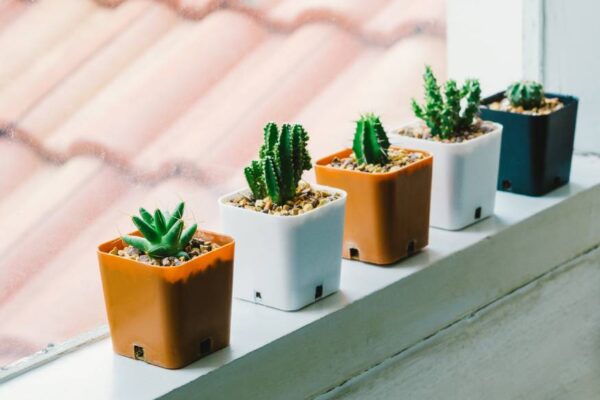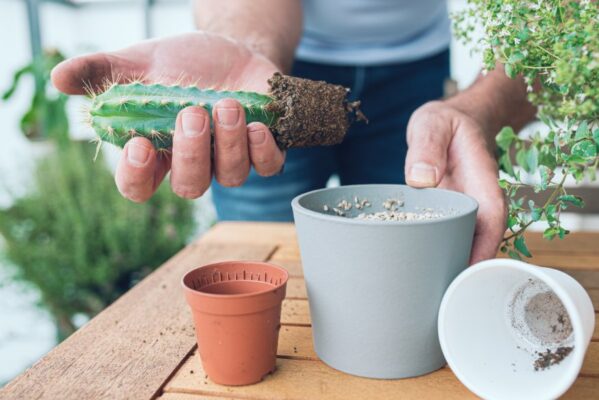Introduction to Rare Succulent Care and Collection Guide
Succulents have long been a favorite among plant enthusiasts for their low-maintenance charm and variety of shapes and colors. Recently, a new trend has emerged: Rare Succulent Care and Collection. From the tiny, pebble-like Lithops to the mysterious Conophytum, these unique plants are capturing the attention of collectors worldwide. In this guide, we’ll explore why rare succulents are on the rise, how to care for them, and tips for starting your own collection.
Why Rare Succulents Are Trending
Rare succulents have become the new “it” plants for several reasons. Their distinct appearances and sometimes challenging care requirements make them appealing to plant lovers who are looking for something beyond the ordinary. The rarity of these succulents often comes from their slow growth rates or specific habitat needs, making them highly sought after by collectors. Social media platforms like Instagram have also played a significant role in their popularity, with plant enthusiasts sharing photos of their rare finds, creating a buzz around these unique varieties.
Popular Rare Succulent Varieties
Before diving into care tips, let’s take a closer look at some of the most sought-after rare succulents:
- Lithops (Living Stones): These small, stone-like succulents are native to Southern Africa. They blend in with their surroundings, which helps them survive in the wild. Lithops come in a variety of colors and patterns, making them a popular choice for collectors.
- Conophytum: Often confused with Lithops, Conophytum are also native to South Africa. They are small, clumping succulents with a wide range of colors. Unlike Lithops, Conophytum flowers bloom at night, adding to their mystique.
- Ariocarpus: These cacti are native to Mexico and are known for their unique, textured appearance. Ariocarpus can take years to mature and flower, making them a prized addition to any succulent collection.
- Haworthia Truncata: Known for its unusual, truncated leaves that resemble small green windows, this succulent is native to South Africa. Haworthia Truncata is slow-growing and requires specific care, adding to its rarity.
Rare Succulents Care
Caring for rare succulents can be more challenging than caring for common varieties, but with the right knowledge, you can keep your plants thriving.

- Light Requirements: Most rare succulents prefer bright, indirect light. Direct sunlight can scorch their leaves, so it’s essential to find a balance. If you’re growing them indoors, a south-facing window is ideal. However, be mindful of the intensity of the sun, especially during summer.
- Watering: The key to watering succulents is to avoid overwatering. Rare succulents, like Lithops and Conophytum, are particularly sensitive to moisture. Water them sparingly, allowing the soil to dry out completely between waterings. During their dormant period, which varies depending on the species, reduce watering even further.
- Soil: Use a well-draining succulent or cactus mix to prevent root rot. You can also add sand or perlite to the soil to improve drainage. Ensure that your pots have drainage holes to allow excess water to escape.
- Temperature and Humidity: Most rare succulents thrive in warm, dry conditions. Keep them in a room with temperatures between 60-80°F (16-27°C) and low humidity. Avoid placing them near drafty windows or in humid environments like bathrooms.
- Fertilization: Rare succulents do not require frequent fertilization. During the growing season, you can feed them with a diluted, balanced fertilizer every 4-6 weeks. Avoid fertilizing during the dormant period.
Tips for Starting a Rare Succulent Collection
Starting a rare succulent collection can be a rewarding hobby. Here are some tips to help you get started:

- Research: Before purchasing rare succulents, research their specific care requirements. This will help you choose plants that match your environment and care abilities.
- Start Small: Begin with a few plants and gradually expand your collection as you gain experience. This approach allows you to focus on providing the best care for each plant.
- Buy from Reputable Sources: Purchase rare succulents from reputable nurseries or online stores. Look for sellers who specialize in rare varieties and can provide detailed care instructions.
- Join Succulent Communities: Online communities and social media groups dedicated to succulents are great places to learn, share tips, and even trade plants. Engaging with other enthusiasts can enhance your knowledge and help you discover new varieties.
- Document Your Collection: Keep a journal or digital record of your rare succulents, including their care routines and growth progress. This will help you track their development and make adjustments to your care methods if needed.
Where to Find Rare Succulents
Finding rare succulents can be a challenge, but there are several places to look:
– Online Nurseries: Websites like Plantsstor offer a wide selection of rare succulents. Be sure to check customer reviews before purchasing.
– Local Nurseries: Some local nurseries may carry rare succulents or be able to order them for you. Visiting in person allows you to inspect the plants before buying.
– Succulent Shows and Expos: Plant shows and expos are excellent places to find rare succulents and connect with other collectors. These events often feature vendors who specialize in unique varieties.
Conclusion
The rise of rare succulents offers a new and exciting dimension to the world of plant care and collection. By reading this Rare Succulent Care and Collection Guide, you can understand their specific needs and taking the time to research and learn, you can cultivate a thriving collection of these fascinating plants. Whether you’re drawn to the otherworldly appearance of Lithops or the charming bloom of Conophytum, rare succulents are sure to bring a touch of uniqueness to your plant collection. Happy growing!
